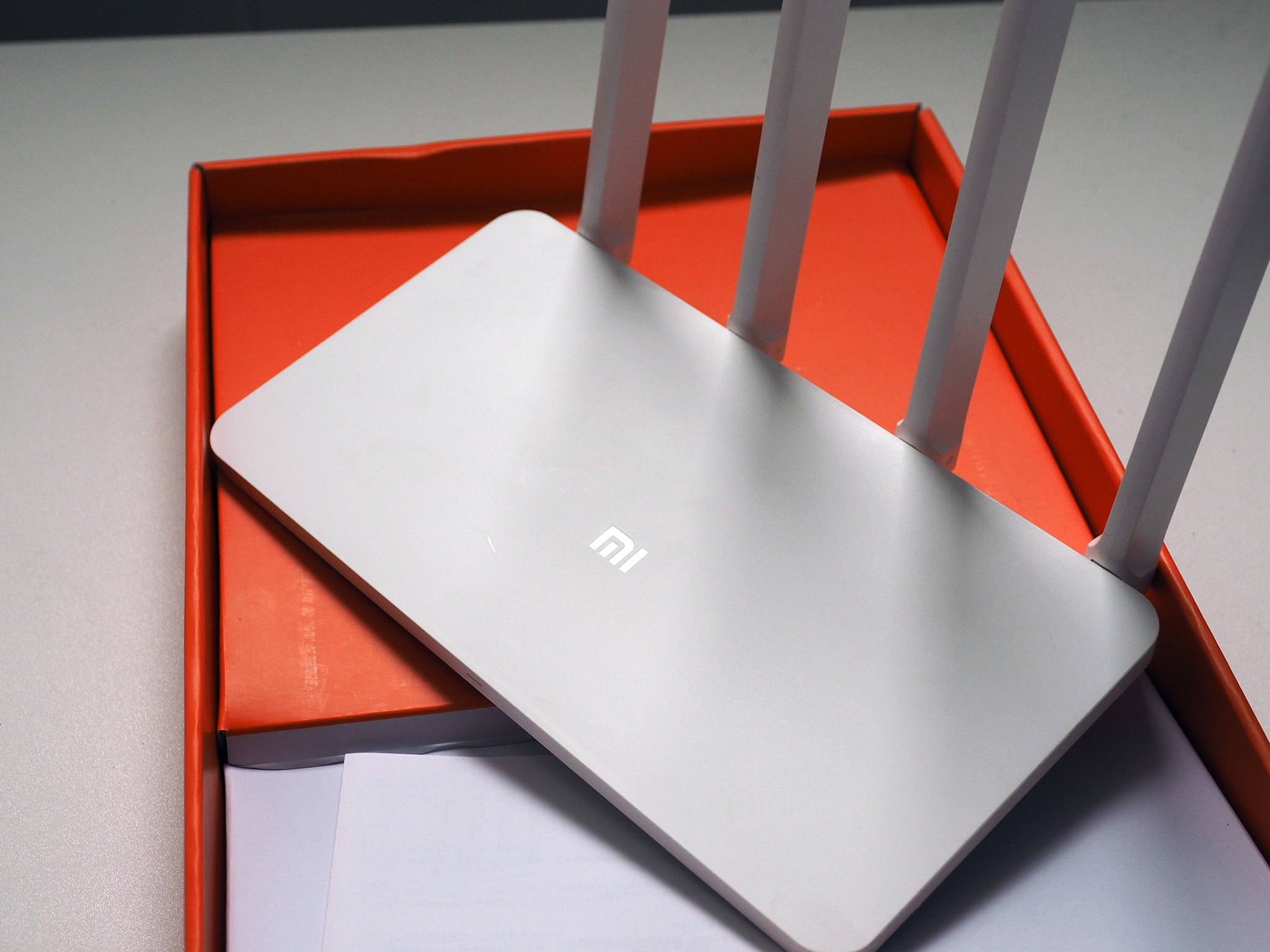KRACK WPA2 Wi-Fi hack, and how to protect yourself
An exploit in Wi-Fi Protected Access II (WPA2) means it's open season on your Wi-Fi network, no matter what router you use.

For years we've all depended on the WPA2 protocol to secure our Wi-Fi networks. That all comes to an end today.
Security researcher Mathy Vanhoef has revealed what he has labeled "KRACK," an exploit that attacks a vulnerability in the handshake of the WPA2 protocol that you most likely use to protect your Wi-Fi at home and that millions of small businesses around the world use, too.
Router makers that have patched KRACK WPA2 Wi-Fi flaws
Speaking at the ACM Conference on Computer and Communications Security in Dallas, Vanhoef explained that this exploit may allow packet sniffing, connection hijacking, malware injection, and even decryption of the protocol itself. The vulnerability has been disclosed to the people who need to know these sorts of things early to find a fix and the United States Computer Emergency Readiness Team (US-CERT) has released this prepared statement:
US-CERT has become aware of several key management vulnerabilities in the 4-way handshake of the Wi-Fi Protected Access II (WPA2) security protocol. The impact of exploiting these vulnerabilities includes decryption, packet replay, TCP connection hijacking, HTTP content injection, and others. Note that as protocol-level issues, most or all correct implementations of the standard will be affected. The CERT/CC and the reporting researcher KU Leuven, will be publicly disclosing these vulnerabilities on 16 October 2017.According to a researcher who has been briefed on the vulnerability, it works by exploiting a four-way handshake that's used to establish a key for encrypting traffic. During the third step, the key can be resent multiple times. When it's resent in certain ways, a cryptographic nonce can be reused in a way that completely undermines the encryption.
Microsoft releases statement on KRACK Wi-Fi vulnerability
How to protect yourself from the KRACK WPA2 hack
Here's what you can (and should) do to stay safe:
- Avoid public Wi-Fi at all costs. This includes Google's protected Wi-Fi hotspots until Google says otherwise.
- Only connect to secured services. Web pages that use HTTPS or another secure connection will include HTTPS in the URL. You should contact any company whose services you use and ask if the connection is secured using TLS 1.2, and if so your connection with that service is safe for now.
- If you have a paid VPN service that you trust you should enable the connection full-time until further notice. Resist the temptation to rush and sign-up for any free VPN service until you can find out if they have been vetted and will keep your data secure.
- Use a wired network if your router and computer both have a spot to plug in an Ethernet cable. This exploit only affects 802.11 traffic between a Wi-Fi router and a connected device. Ethernet cables are relatively cheap and an eyesore strung across the carpet is worth it. Look for a Cat6 or Cat5e spec cable and there should be no configuration needed once plugged in.
- If you use a Chromebook or MacBook, this USB Ethernet adapter is plug-and-play.
This hack can't steal your banking information or Google password (or any data on a correctly secured connection that uses end-to-end encryption). While an intruder may be able to capture the data you send and receive, it can't be used or even read by anyone. You can't even read it unless you allow your phone or computer to decrypt and unscramble it first.
All the latest news, reviews, and guides for Windows and Xbox diehards.
An attacker may be able to do things like redirect traffic on a Wi-Fi network or even send bogus data in place of the real thing. This means something harmless like printing a thousand copies of gibberish on a networked printer or something dangerous like sending malware as a reply to a legitimate request for information or a file.
The best way to protect yourself is to not use Wi-Fi at all until you're directed otherwise.
uhhh shit it's bad yup pic.twitter.com/iJdsvP08D7uhhh shit it's bad yup pic.twitter.com/iJdsvP08D7— ⚡️ Owen Williams (@ow) October 16, 2017October 16, 2017
When will KRACK be patched?
Ubiquiti has been said to already have a patch ready to deploy for their equipment, and if this turns out to be true we should see the same from companies like Microsoft, Google and Apple very soon. Other, less security-conscious companies may take longer and many routers will never see a patch. Of course, if this rumor turns out to be false all bets are off.
This is not a case where you should feel immune because your data isn't valuable enough. The majority of attacks using this exploit will be opportunistic. Kids who live in your building, shady characters who drive the neighborhood looking for Wi-Fi access points (APs) and general mischief makers are already scanning Wi-Fi networks around them.
WPA2 has had a long and fruitful life with nary a public exploit until today. Here's hoping the fix, or whatever comes next, can enjoy the same.
Related reading

Jerry is a Former Contributor for Windows Central and an RHCE and Electrical Engineer who loves gadgets of all kinds. You'll find his writings across Mobile Nations and you can hit him on Twitter if you want to say hey.
